Five new insect species in the genus Elaphropeza have been found during a three-year background survey of biological resources in Wuyishan National Park, which straddles the provinces of Jiangxi and Fujian in east China. The findings were published in the academic journal Entomotaxonomia.
Elaphropeza is one of the largest genera in the Empididae family with over 220 known species distributed worldwide. 56 species were known to be found in China, of which only three species were known to be from Wuyishan National Park. The discovery this time adds five new species to the list, including Elaphropeza brevidigitata, Elaphropeza conjunctiva, Elaphropeza jiuquxiana, Elaphropeza quadrata and Elaphropeza wuyishana.
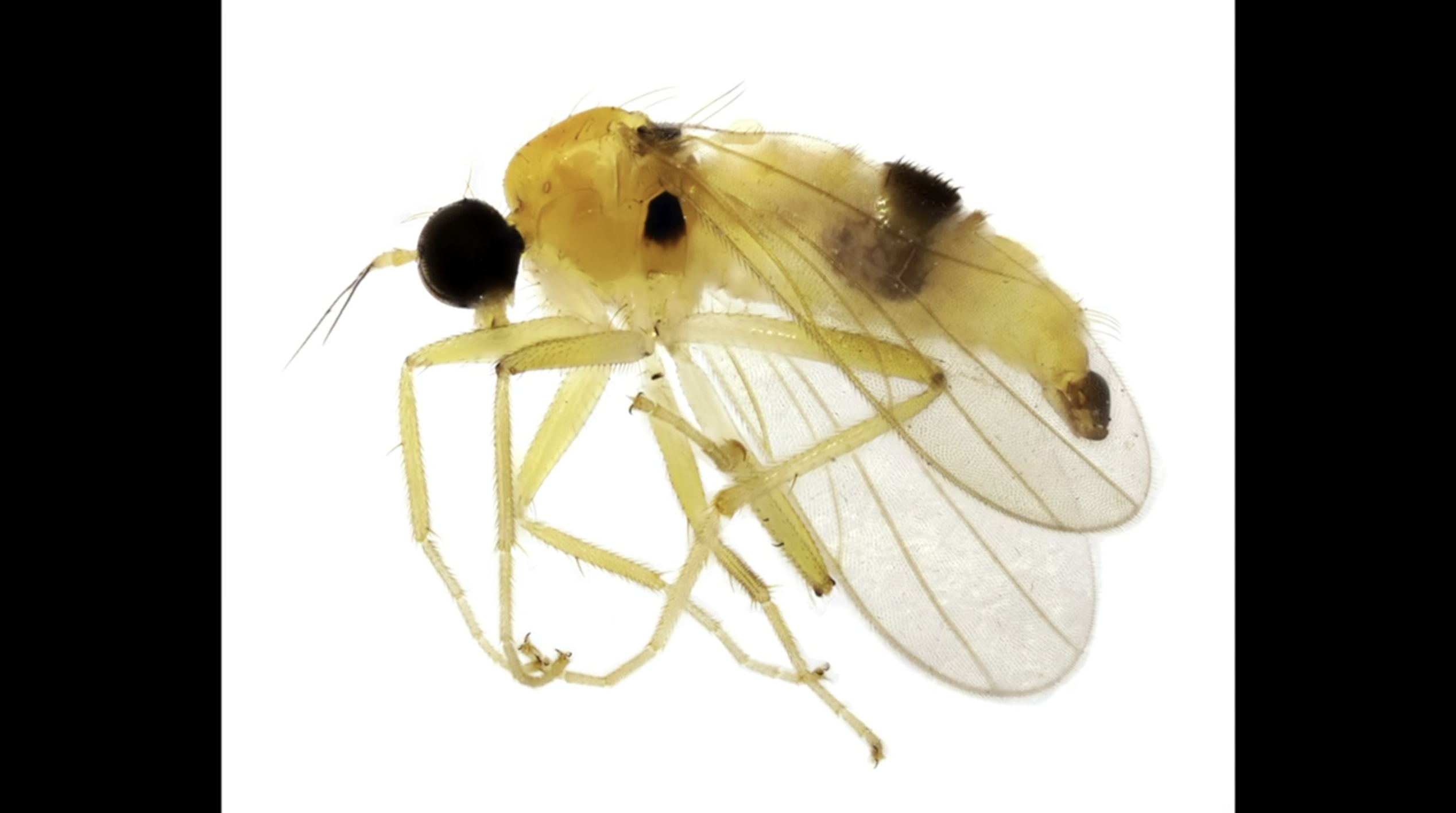
New insect species in the genus Elaphropeza has been found in Wuyishan National Park. /Wuyishan National Park
New insect species in the genus Elaphropeza has been found in Wuyishan National Park. /Wuyishan National Park
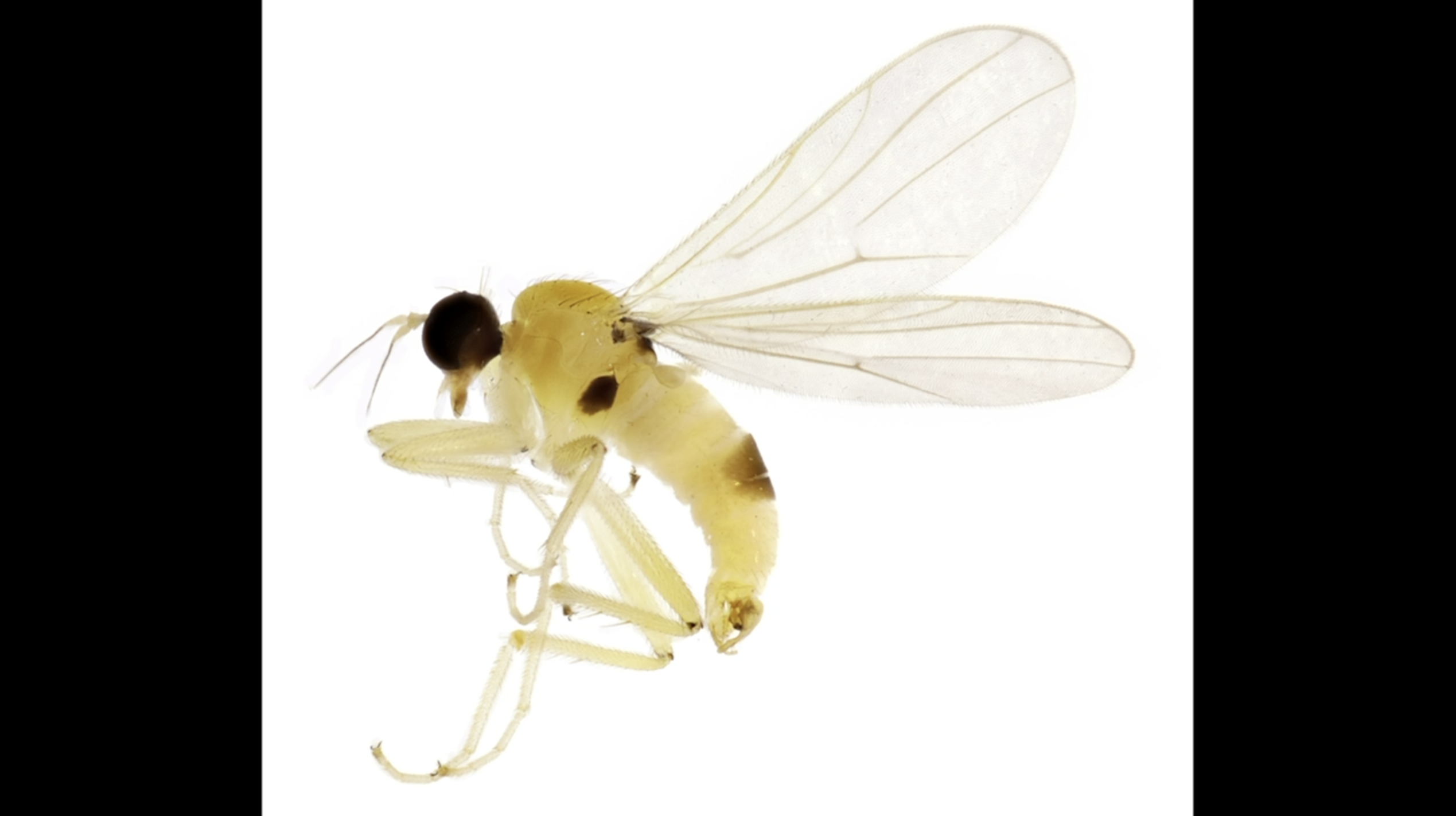
New insect species in the genus Elaphropeza has been found in Wuyishan National Park. /Wuyishan National Park
New insect species in the genus Elaphropeza has been found in Wuyishan National Park. /Wuyishan National Park
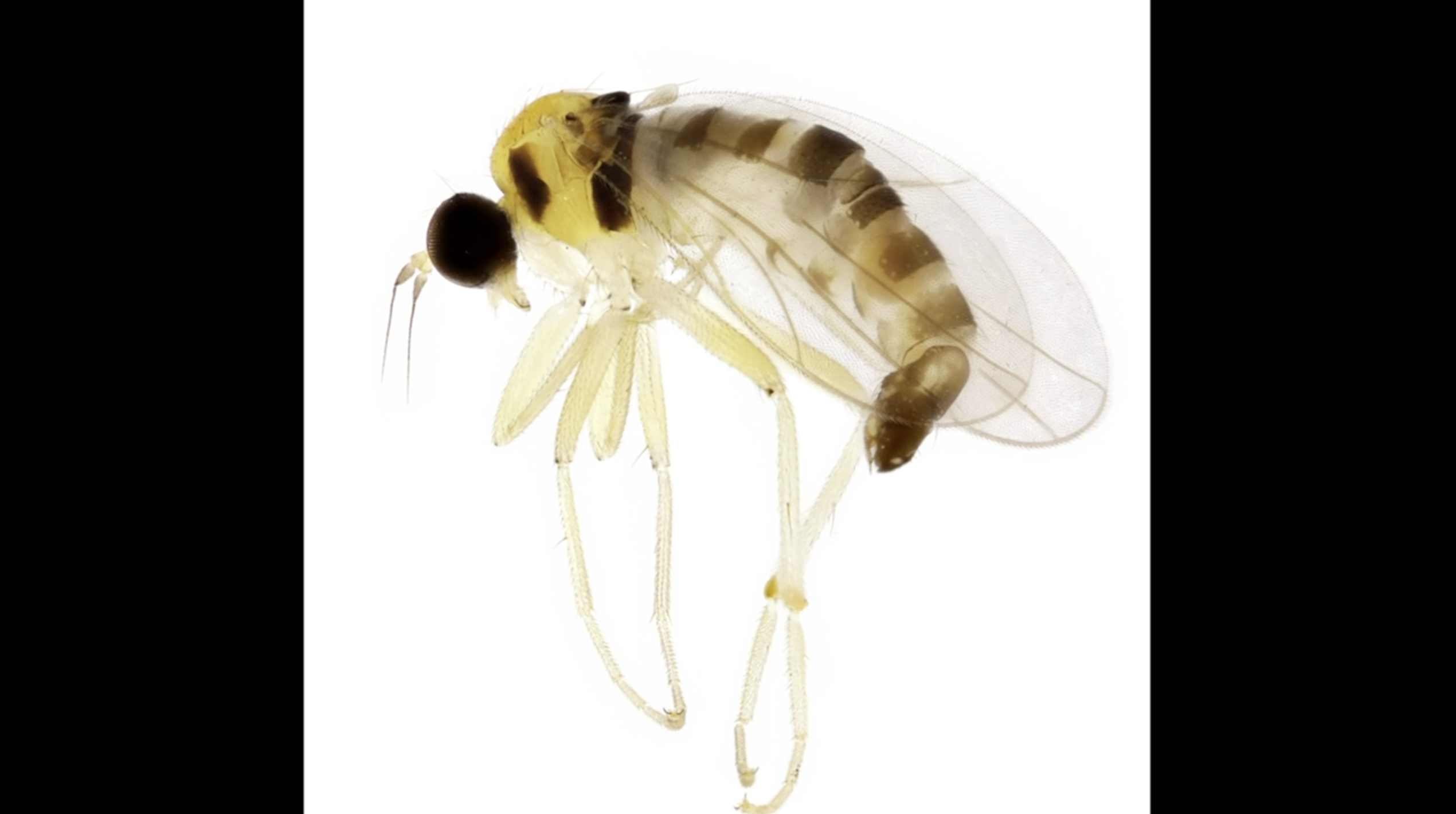
New insect species in the genus Elaphropeza has been found in Wuyishan National Park. /Wuyishan National Park
New insect species in the genus Elaphropeza has been found in Wuyishan National Park. /Wuyishan National Park
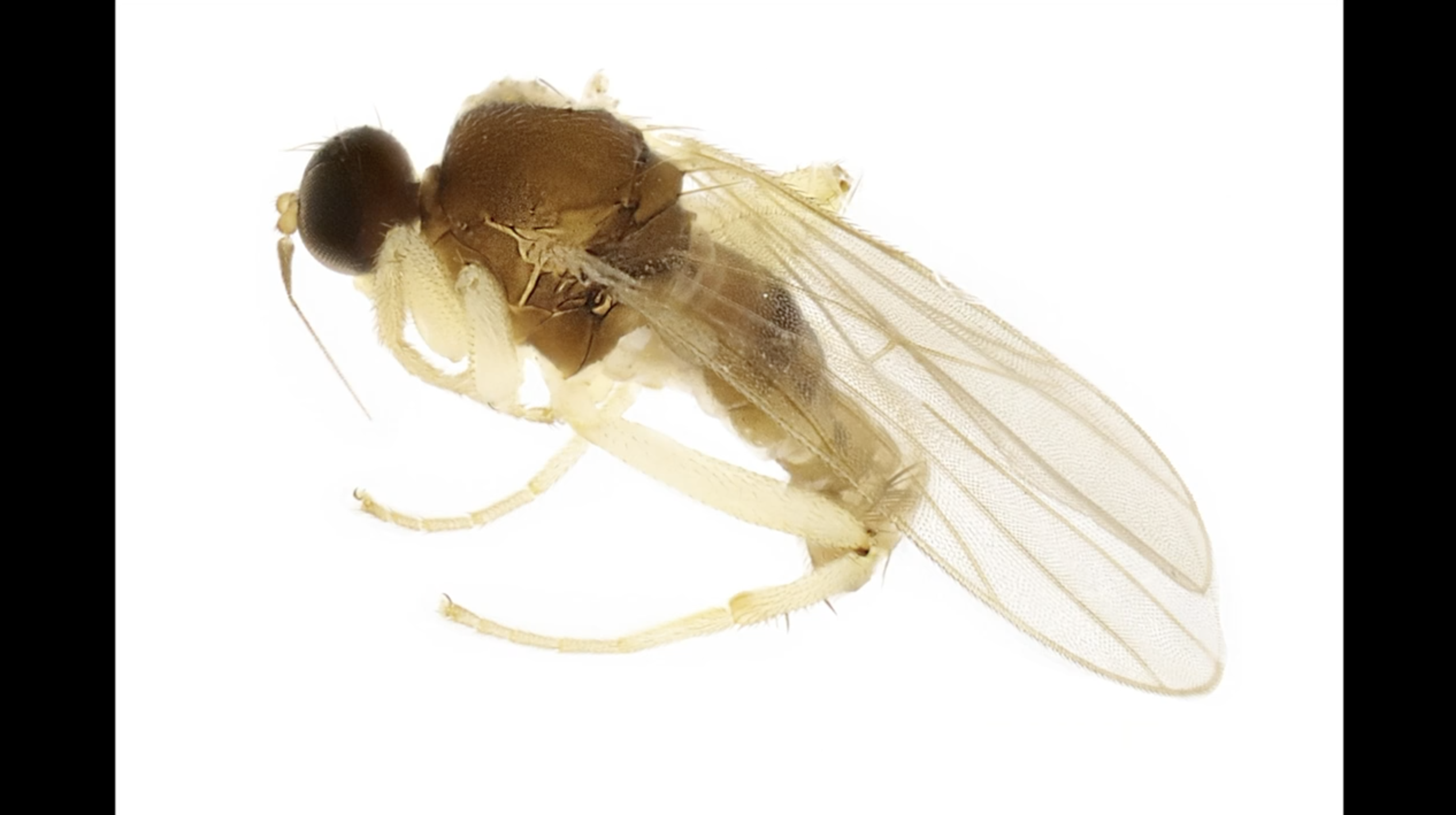
New insect species in the genus Elaphropeza has been found in Wuyishan National Park. /Wuyishan National Park
New insect species in the genus Elaphropeza has been found in Wuyishan National Park. /Wuyishan National Park
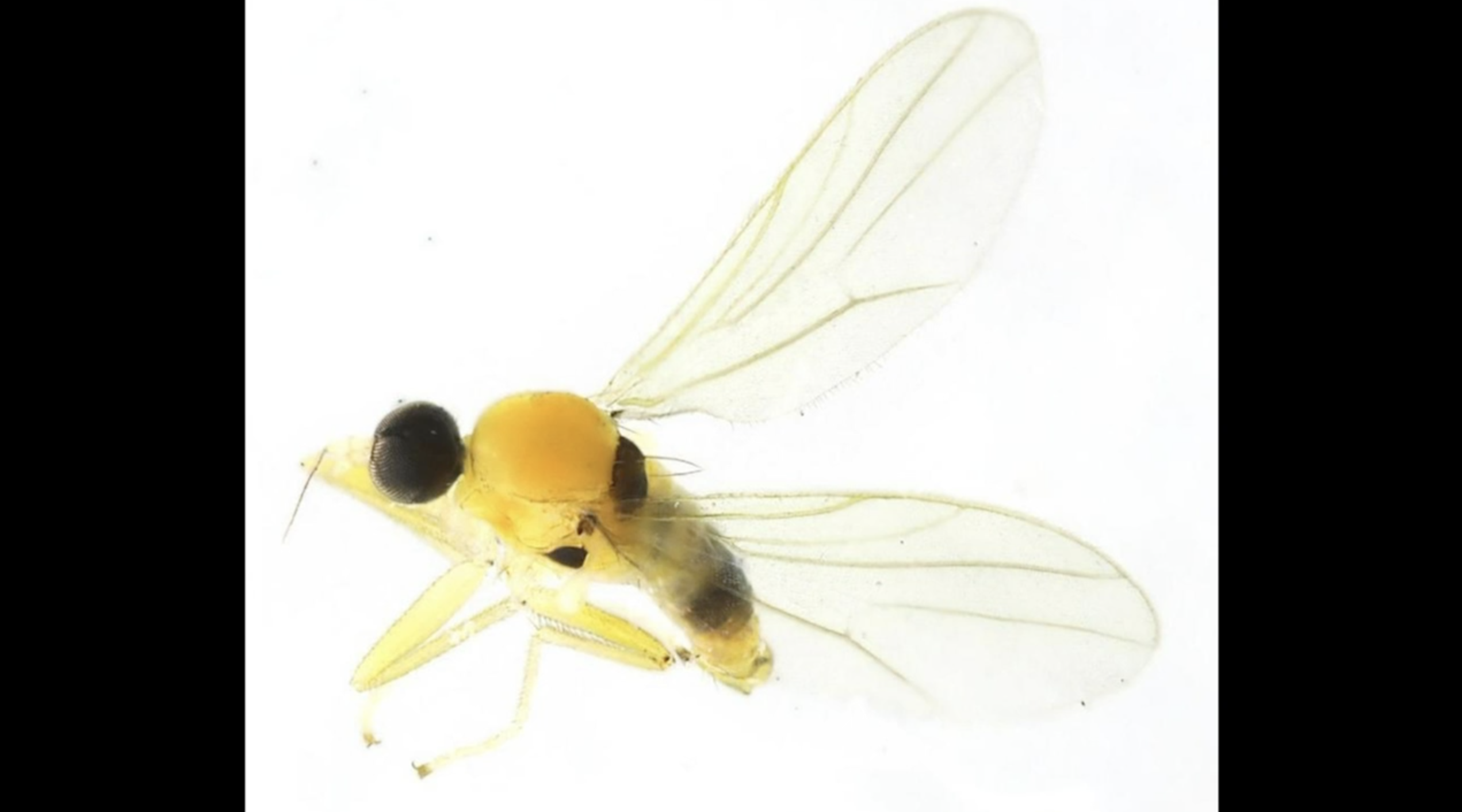
New insect species in the genus Elaphropeza has been found in Wuyishan National Park. /Wuyishan National Park
New insect species in the genus Elaphropeza has been found in Wuyishan National Park. /Wuyishan National Park
Launched in April 2021, the three-year background survey of biological resources was led by Wuyishan National Park and conducted by more than a hundred experts from over 20 research institutes. It aims to get a full grasp of the biological resources within the park.
At present, the three-year survey is halfway through. Researchers not only have discovered new species, but have also observed some rare species, such as the cabot's tragopan which is a type of pheasant that's unique to China and is under China's national first-class protection, and the golden Kaiser-i-Hind which is the only butterfly species under China's national first-class protection.
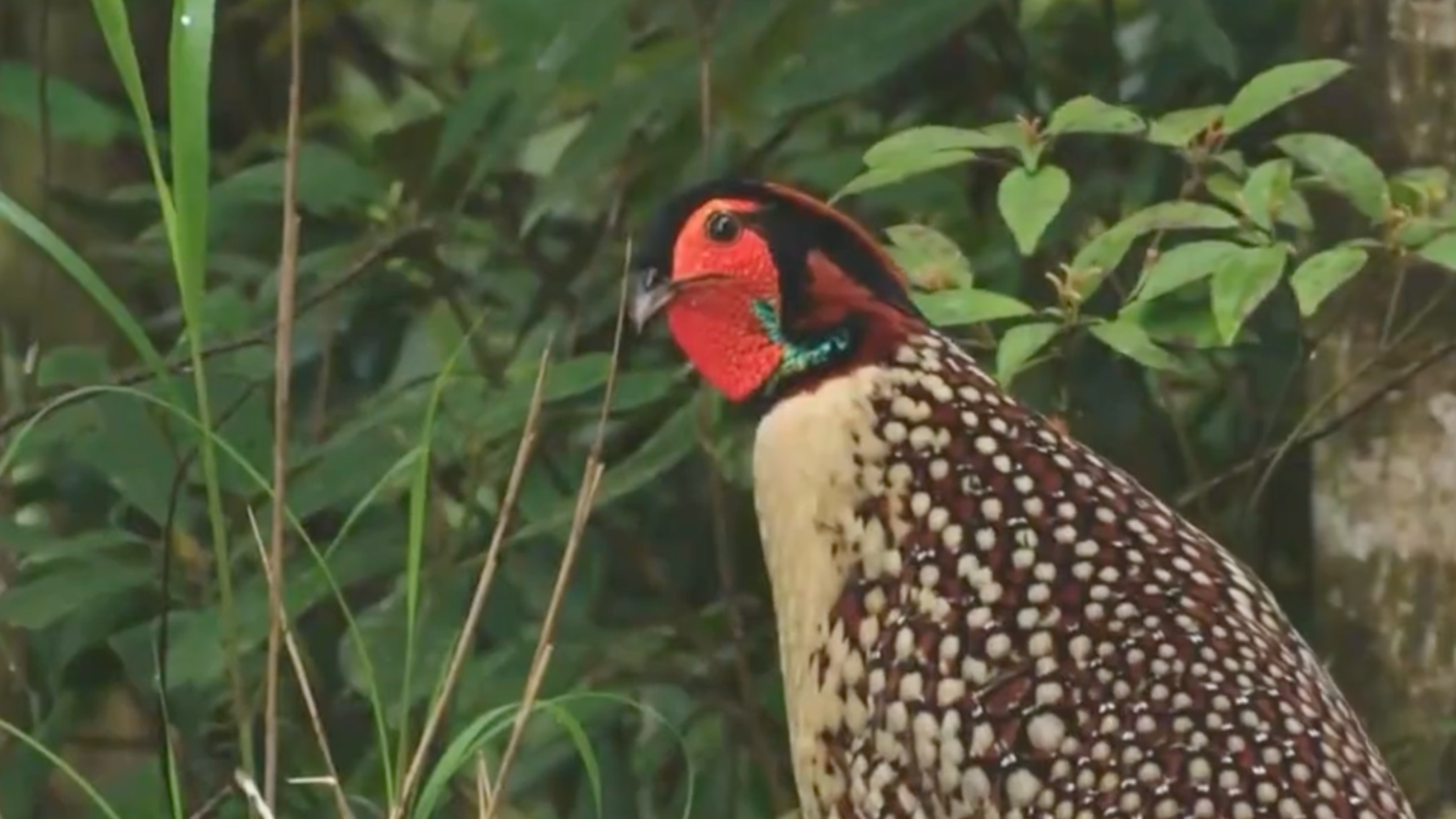
Image of cabot's tragopan captured in Wuyishan National Park. /Wuyishan National Park
Image of cabot's tragopan captured in Wuyishan National Park. /Wuyishan National Park
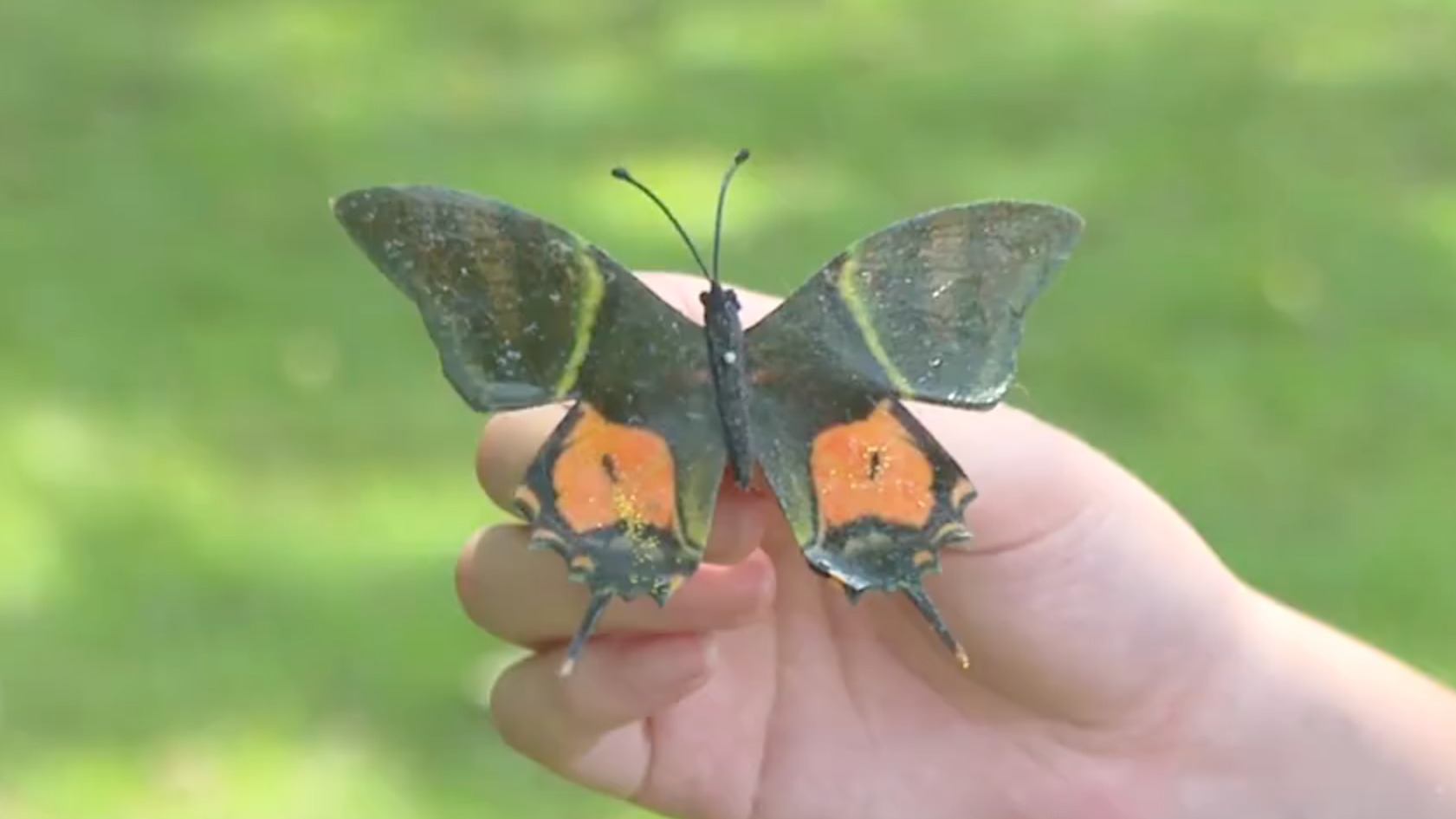
Image of golden Kaiser-i-Hind captured in Wuyishan National Park. /Wuyishan National Park
Image of golden Kaiser-i-Hind captured in Wuyishan National Park. /Wuyishan National Park
For the past one hundred years, biologists from China and abroad have discovered more than 1,000 new species in the Wuyi mountains. The Wuyishan National Park is listed as a United Nations Educational, Scientific and Cultural Organization (UNESCO) cultural and natural heritage site. It is known as the "kingdom of snakes," "the world of insects," and "the paradise of birds."
Wuyishan National Park, as one of the first national parks in China, was established in October 2021. Since the national park was founded, a total of 24 new species have been discovered.
(If you have specific expertise and want to contribute, or if you have a topic of interest that you'd like to share with us, please email us at nature@cgtn.com.)